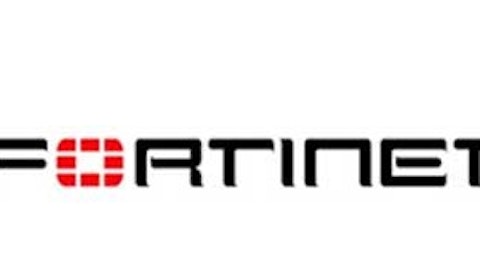The much anticipated future of Dell Inc. (NASDAQ:DELL) has finally been announced: the company will be taken private by Michael Dell and Silver Lake Partners for $24.4 billion via a leveraged buyout deal which includes $2 billion in loans from Microsoft Corporation (NASDAQ:MSFT) and $15 billion in extra debt from several banks.
The move makes sense when it comes to earning time to save the company, as a private business Dell will be sheltered from market pressure. Without having the obligation to deliver results on a quarterly basis in order to constantly reassure investors, management can focus on transforming the business and finding a more profitable long term path.

A turnaround won’t be easy, but Michael Dell and his partners could earn a lot of money if things work out as expected and they bring the company back to the stock market in a much better shape five or ten years from now. As for the banks, they are in the lending business, and they probably think the deal is a good one from that perspective. When it comes to Microsoft Corporation (NASDAQ:MSFT), however, things are much more confusing.
Not the first time
In 2011 Microsoft made an agreement with Nokia Corporation (ADR) (NYSE:NOK) that includes $250 billion per quarter in exchange for having Windows as Nokia’s main operating system in the Lumia line. Nokia is paying an undisclosed amount in royalties for every sale back to Microsoft Corporation (NASDAQ:MSFT).
According to Nokia:
“Over the life of the agreement the total amount of the platform support payments is expected to slightly exceed the total amount of the minimum software royalty commitment payments .To date the amount of platform support payments received by Nokia has exceeded the amount of minimum royalty commitment payments to Microsoft. Thus for the remainder of the life of the agreement the total amount of the minimum software royalty commitment payments are expected to exceed the total amount of the platform support payments.”
This means that from now on Microsoft Corporation (NASDAQ:MSFT) will see positive cash flow form the agreement until it ends, but that doesn’t mean that Lumia sales have been booming. The statement indicates that there is a floor to these royalties – minimum software royalty– so the fact that Microsoft Corporation (NASDAQ:MSFT) is seeing net inflows from the deal over the next months doesn’t say much about its commercial success.
In 2012 Microsoft struck a joint venture with Barnes & Noble, Inc. (NYSE:BKS) that consisted in investing $300 million in exchange for 17.6% in a new company – they called it “NewCo” in the press release – and will carry on with the Nook e-reader business using Microsoft’s software. This was an attempt to enter the e-reader business, but Nook sales have not been very encouraging so far.
Both deals have a similar spirit; Microsoft invests in a troubled company with the aim of gaining a partner for its products and achieving critical mass in areas like smartphones and e-readers. This brings us to the Dell arrangement, which seems to be motivated by the same principle.
From Microsoft’s press release
“Microsoft has provided a $2 billion loan to the group that has proposed to take Dell private. Microsoft is committed to the long term success of the entire PC ecosystem and invests heavily in a variety of ways to build that ecosystem for the future”.
A marriage of necessity
Dell is the third PC manufacturer in the world behind Hewlett-Packard Company (NYSE:HPQ) and Lenovo, so it’s a relevant part of this ecosystem and certainly a big client for Microsoft. This is not a marriage based on love but on necessity, and these kind of things don’t usually end well.
Microsoft is buying its clients, or lending them money, as opposed to seducing them with attractive products that deliver results at the point of sale. This can only extend the agony: unless the company builds innovative products clients want to buy – both in mobile and in desktop – there is really no point in spending money in this kind of deal.
The fact that Microsoft decided to participate via debt as opposed to equity has been a surprise for most analysts, Dan Primack from Fortune has the following explanation:
The software giant was worried about other customers thinking that Microsoft had incentive to value one over another, so it chose not to take an equity position.
But it still sounds like a really lousy deal. Microsoft is making a risky investment by lending money to a highly leveraged corporation, and the company doesn’t share the big upside potential that Michael Dell and Silver Lake will enjoy if the turnaround is successful. This sounds like a high risk low potential situation for Microsoft from a financial point of view.
Also, an equity investment could have given Microsoft some strategically valuable political power over the new Dell, but that is not the case under the current scenario.
Bottom line
This is a bad deal for Microsoft, both financially and strategically. If the company needs to lend money to its clients, this cannot be a good sign, so investors beware.
The article Microsoft Is Looking Desperate originally appeared on Fool.com and is written by Andrés Cardenal.
Copyright © 1995 – 2013 The Motley Fool, LLC. All rights reserved. The Motley Fool has a disclosure policy.





